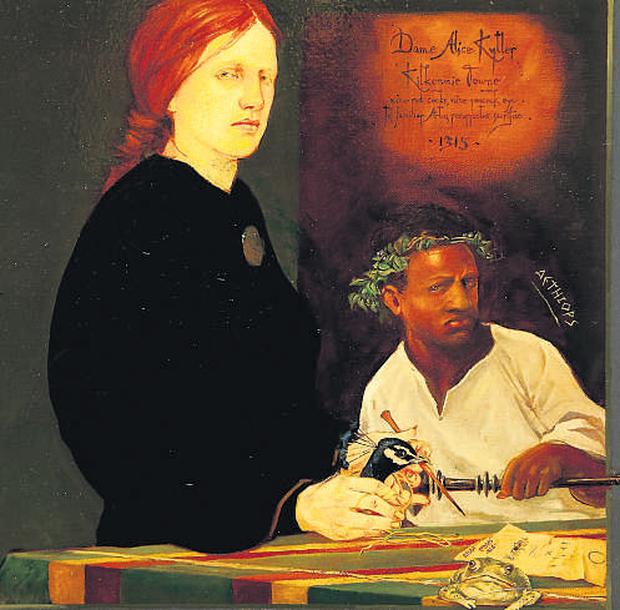There were seven formal accusations brought up by the accusers. These included the denial of God and the Church (and therefore the worship of the devil), sacrificing animals to multiple demons, asking said demons for advice concerning the practice of witchcraft, engaging in sexual acts with an incubus, having coven meetings, making potions and ointments using unusual ingredients such as chicken innards and unbaptized children, and finally using witchcraft to kill her four husbands.
The most serious of the accusations against Kyteler was not the murders themselves, but the alleged witchcraft undertaken. In 14th century Ireland, witchcraft was under the umbrella of heresy, a crime just as despised as murder. Records show that over half of the people accused of murder around the time of Kyteler’s trial were acquitted. This could be why her accusers focused on her potential witchcraft instead, as it was more likely to get her convicted than a series of non-supernatural murders.
Le Poer had previously imprisoned the Bishop of Ossory, Richard Ledrede, a man who had tried to arrest Kyteler in the 1302 accusations. After Le Poer’s death Ledrede was once again determined to have Kyteler arrested for her alleged crimes. Ledrede contacted the Chancellor of Ireland demanding that she be arrested, not knowing that Kyteler had familial relations to the leader, who allowed Kyteler to escape as he delayed the trial.

